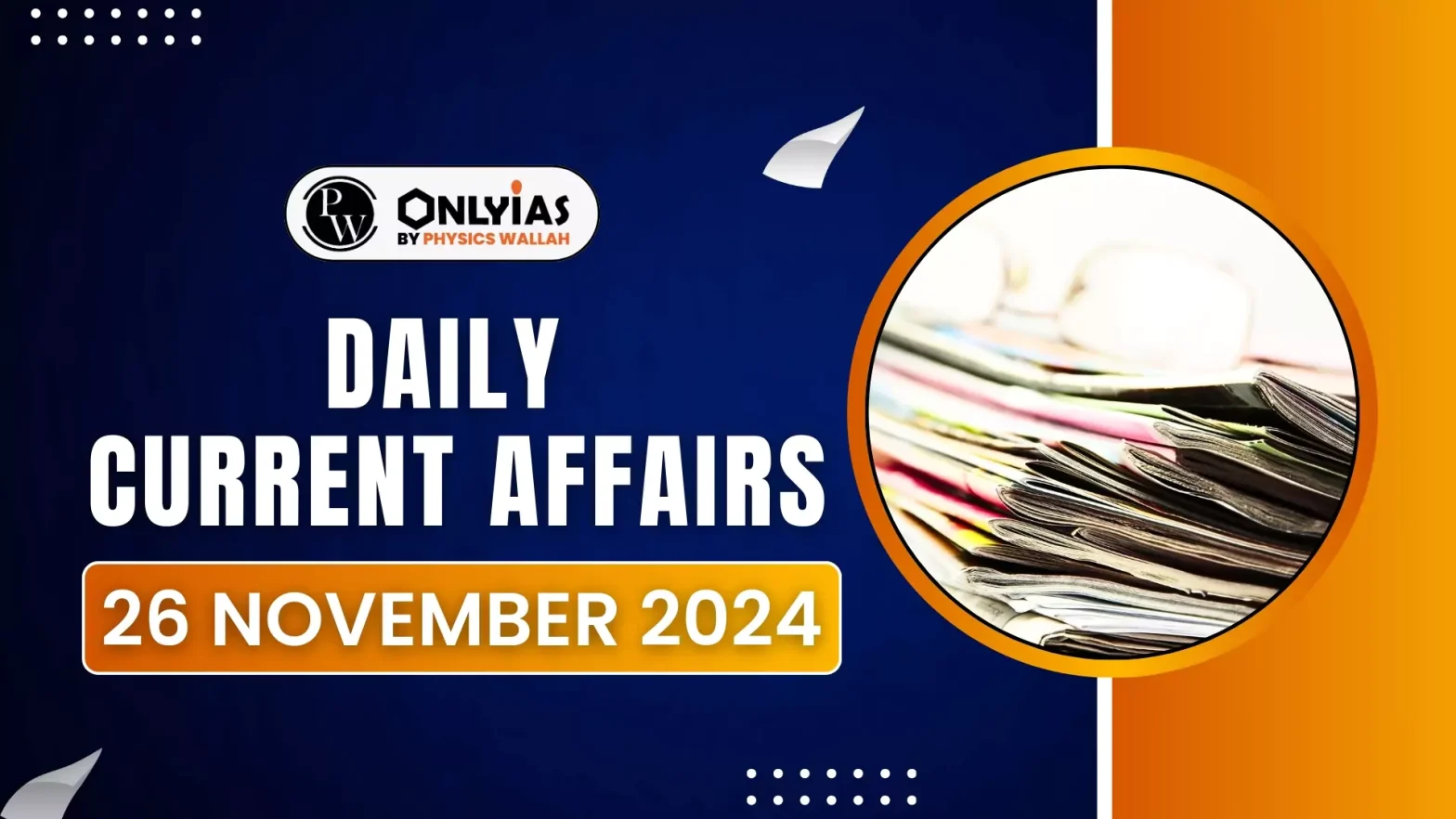According to rating agency ICRA, growth in the non-banking financial company (NBFC) sector is likely to slow from 18% in 2024 to 13-15% in the coming year, driven by a combination of factors such as rising interest rates, regulatory measures, and funding constraints.
About NBFC
A Non-Banking Financial Company (NBFC) is a company registered under the Companies Act, 1956 that provides various financial services similar to banks but is not a bank.
Enroll now for UPSC Online Course
Key Role of NBFCs
- Credit and Loans: NBFCs offer a wide range of loans, including personal loans, home loans, car loans, and business loans. They cater to both individuals and businesses, especially those who may not be eligible for traditional bank loans.
- Investment Services: They provide investment services like mutual funds, insurance, and portfolio management.
- Financial Advisory Services: NBFCs offer financial advice and consultancy services to individuals and businesses.
- Payment Services: Some NBFCs provide payment services, such as credit cards and digital wallets.
- Financial Inclusion: NBFCs play a significant role in financial inclusion by reaching out to underserved segments of the population, particularly in rural areas.
Challenges for NBFC
- Moderation in Growth: Growth in the NBFC sector is projected to slow from 18% in FY24 to 13-15% in FY25, driven by rising interest rates, regulatory measures, and funding challenges (as per ICRA).
- Decline in Bank Funding: Bank funding to NBFCs declined from 22% (April 2023) to 15% (April 2024).
- Regulatory caps by SEBI, such as limiting ISIN issuance to nine per year, restrict fundraising flexibility.
- A shallow domestic bond market with low liquidity and limited retail investor participation hampers funding options.
- NBFCs rely on Non-Convertible Debentures (NCDs), commercial papers, securitisation, co-lending, and external commercial borrowings (ECBs) for funding.
- Rising Credit Costs: Credit costs for NBFCs and MFIs expected to increase from 2.6% in March 2024 to 4% by March 2025, pressuring profitability.
- Smaller NBFCs and those with lower credit ratings face the brunt due to limited funding options and higher borrowing costs.
- Potential in Priority Sector Lending (PSL): NBFCs can play a significant role in financing agriculture and unorganised sectors under PSL.
- Co-lending models between NBFCs and banks present cost-effective opportunities for growth and asset acquisition.
- Overseas Borrowing: Lower US Federal Reserve rates and hedging costs make ECBs attractive for NBFCs, but adoption remains at an early stage.
- Sector Size and Fundraising: NBFC sector AUM to cross ₹50 lakh crore in FY25 from ₹47 lakh crore in March 2024.
- ₹3.23 lakh crore raised in H1 FY25, a marginal 3.11% y-o-y increase, with private-sector NBFCs contributing ₹1.91 lakh crore.
RBI’s Recommendations and Actions
- RBI’s recent steps to regulate NBFC growth stem from concerns over asset quality and systemic risks in the sector.
- Government and regulators aim to deepen the bond market to enable diversified funding sources for NBFCs.
- Focus on PSL through co-lending models and risk-sharing with banks aligns with India’s financial inclusion goals.
- Increased risk weights for loans to NBFCs by 25 basis points (November 2023), making borrowing from banks costlier.
- Focused on compliance, risk management, and addressing customer grievances.
- Discouraged large NBFCs from lending to smaller NBFCs and fintechs to prevent systemic risks.
- Encouraged prudent growth and long-term sustainability
Check Out UPSC CSE Books From PW Store
Differences between NBFCs and Banks
| Aspect |
Banks |
NBFCs |
| Deposit Acceptance |
Can accept demand and time deposits from the public (e.g., Savings accounts, Fixed Deposits). |
Cannot accept demand deposits. Can accept deposits in the form of term deposits or debentures. |
| Payment and Settlement System |
- Part of the payment and settlement system.
- Can issue cheques drawn on themselves.
|
- Not part of the payment and settlement system.
- Cannot issue cheques drawn on themselves.
|
| Regulatory Authority |
Regulated by the Reserve Bank of India (RBI) under the Banking Regulation Act, 1949. |
Regulated by the Reserve Bank of India (RBI) under the RBI Act, 1934. |
| Deposit Insurance |
Deposits are insured by the Deposit Insurance and Credit Guarantee Corporation (DICGC). |
Deposits are not insured by the DICGC. |
Main factors driving the growth of NBFCs in India
- Digitalization: Rise of Neo-banks offering convenient and accessible financial services through mobile apps.
- Focus on Underserved Markets: NBFCs cater to niche segments like MSMEs, rural populations, and women entrepreneurs.
- Technological Advancements: Adoption of AI and Machine Learning for faster loan approvals, improved risk management, and personalized offerings.
- Evolving Regulatory Landscape: RBI’s initiatives promote responsible lending practices and foster financial inclusion through NBFCs.
Enroll now for UPSC Online Classes
Way Forward
- Embrace Technology: Leveraging big data analytics for customer insights, risk assessment, and product development.
- Focus on Customer Experience: Providing a seamless and personalized customer journey to retain existing customers and attract new ones.
- Partner with Banks: Strategic collaborations with banks can unlock new growth opportunities by combining expertise and resources.
- Specialize and Innovate: Targeting niche segments effectively and developing innovative financial products to meet evolving customer needs.
Additional Reading: NBFC
![]() 26 Nov 2024
26 Nov 2024

